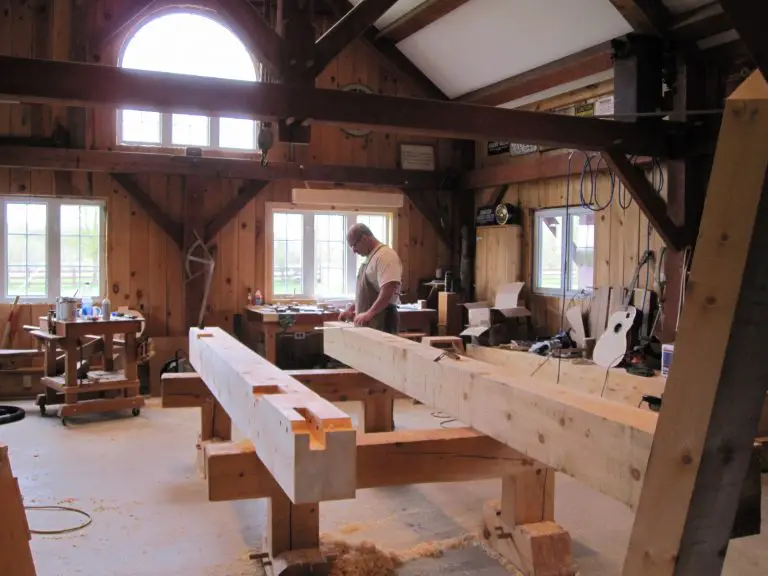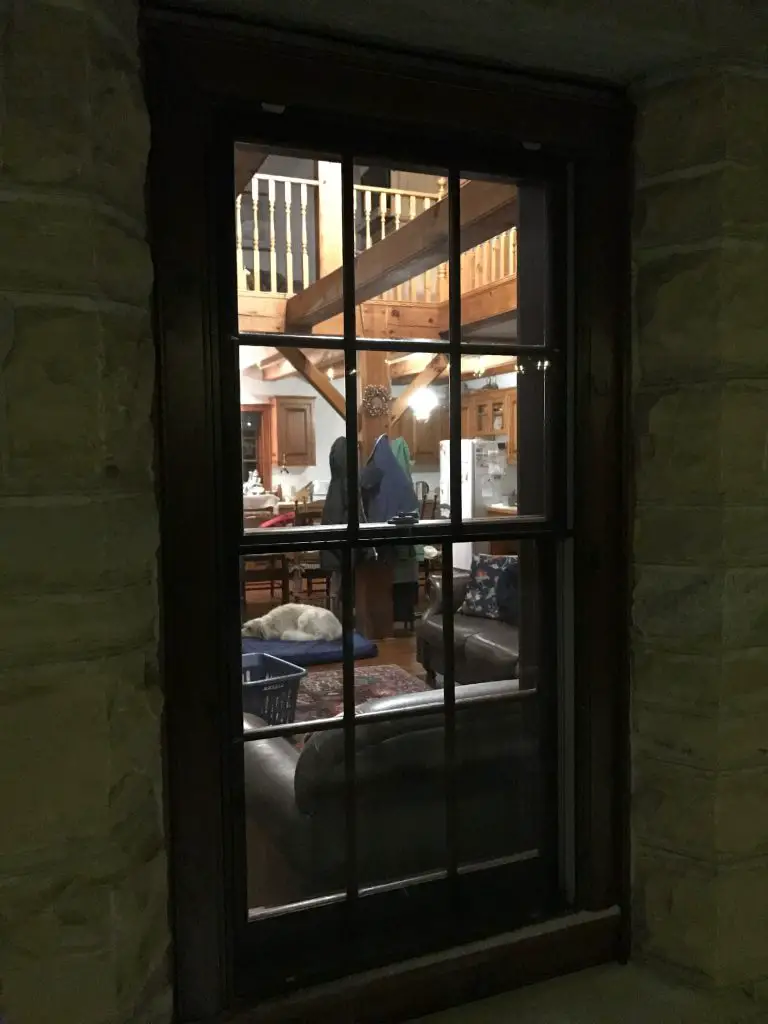
If you’re a tenant who’s been injured in your rental property, or a landlord worried about potential liability issues, understanding who’s legally responsible for these kinds of accidents matters. While the lines of accountability aren’t always clear-cut, there are certain factors that help determine when a landlord might be legally responsible. Let’s break them down in this article.
Understanding Premises Liability
Premises liability holds property owners accountable for accidents on their property due to unsafe conditions. For rental properties, this concept becomes more nuanced because of the landlord-tenant relationship.
Landlords owe what courts call a “duty of care” to tenants and visitors. This legal obligation requires them to maintain reasonably safe conditions in all areas under their control. However, what’s “reasonable” varies by circumstance and location. This is why each case must be evaluated on its specific merits. If you’re in Boston, working with a Boston personal injury attorney can help you understand your rights and legal options.
What are the Situations Where a Landlord May Be Liable?
Landlords can be held responsible for injuries if they neglect property maintenance. Here are common situations where they may be liable:
Failure to Maintain the Property
Neglected maintenance creates hazards. Simple as that. A broken railing, loose floorboards, or faulty wiring are maintenance issues that could make a landlord liable for injuries or damages.
If a tenant breaks their ankle due to a rotting balcony floor, and the landlord knew about the issue but didn’t fix it, the landlord would likely be responsible for the injury and related costs. Remember, property maintenance isn’t just about aesthetics. It’s a legal obligation with serious consequences.
Negligent Repairs
Quick fixes can cause big problems. When landlords attempt repairs but do so improperly, they create a liability risk. Imagine a landlord who hastily repairs a leaking bathroom pipe that later bursts, creating a slipping hazard that results in tenant injury. That improper repair could establish grounds for a claim.
The critical element here is negligence. Did the landlord exercise reasonable care in making the repair? If a professional would have performed the work differently to ensure safety, the landlord might bear legal responsibility for resulting injuries.
Building Code Violations
Building codes exist to protect residents, and landlords are legally required to comply with them. When a building code violation directly contributes to an injury, this can create a strong case for landlord liability.
In some jurisdictions, such violations may even constitute “negligence per se,” meaning the violation itself establishes the landlord’s negligence without needing to prove additional factors.
Failure to Address Known Hazards
When tenants report dangerous conditions, landlords have a responsibility to address them within a reasonable timeframe. Ignoring complaints about loose railings, electrical issues, or structural problems can lead to liability if someone is subsequently injured.
Documentation is crucial in these cases. Tenants who have reported hazards through emails, text messages, or formal written complaints establish a paper trail showing the landlord had knowledge of the dangerous condition but failed to act.
Criminal Activity & Negligent Security
Landlords may also be liable for injuries resulting from criminal activity if they failed to provide reasonable security measures. Courts typically consider factors such as the neighborhood’s crime rate, previous incidents on the property, and the cost and availability of security measures when determining whether a landlord provided reasonable security.
Situations Where a Landlord May NOT Be Liable
Not all injuries on rental properties result in landlord liability. Several circumstances generally shield landlords from responsibility:
- If the tenant caused the injury
- If the injury happened only inside the tenant’s area and was their responsibility
- If it was a natural disaster or truly unexpected event
- If the landlord properly maintained the property
- If the guest caused the injury
- If a criminal act by someone else caused the injury (with limits)
Understanding these exceptions can help clarify when liability does or does not apply.
How Landlords Can Minimize Liability for Injuries on Rental Property
Smart landlords take proactive steps to reduce their liability exposure while creating safer living environments:
Conduct Regular Repairs & Maintenance
A little maintenance now saves you a lot of headaches later. Regular inspections? Absolutely. Fix things promptly? You bet. That leaky faucet? Don’t ignore it, it could lead to bigger problems. Basically, consistent maintenance of the property, especially common areas, is a landlord’s best defense.
Screen Tenant Thoroughly
Getting the right tenant makes a world of difference. So it’s important to do your homework as a landlord. Check their background, rental history, and references. This includes credit checks, rental history verification, and background checks. A good tenant can help prevent a lot of problems.
Comply with Local Building Codes
Compliance with local building codes is a must-do for any landlord who wants to avoid serious trouble. Think of building codes as the rulebook for safe construction and property maintenance. They’re designed to protect everyone living in or around a building. These codes cover everything from electrical wiring and plumbing to fire safety and structural integrity.
Have a Clear Lease Agreement
Your lease agreement is your rulebook. Make sure it’s clear, comprehensive, and covers all the important stuff. Think of it as a roadmap for both you and your tenant. A well-written lease agreement sets clear expectations, outlines responsibilities, and helps prevent misunderstandings down the line. You should also get a lawyer to look it over, just to be safe.
Obtain Landlord Liability Insurance
Landlord liability insurance is a must. It’ll protect you from those unexpected accidents and lawsuits. It’s peace of mind, plain and simple. Even with the best maintenance and tenant screening, unforeseen events can occur. Someone could slip and fall on your property, or a fire could break out. That’s where landlord liability insurance comes in.
What Tenants Should Do if Injured
If you’re injured on rental property, taking the right steps can protect both your health and legal rights. First, seek appropriate medical attention and document your injuries thoroughly. Take photos of the hazardous condition that caused your injury before it’s repaired or removed.
Next, report the incident and condition to your landlord in writing, keeping copies of all communications. If your injury is serious or your landlord disputes responsibility, consulting with a personal injury attorney experienced in premises liability cases can help you understand your options.
Why Working with a Personal Injury Lawyer is a Smart Choice
Navigating landlord liability cases requires specialized knowledge of property law, local housing codes, and the specific duties landlords owe tenants. An experienced personal injury lawyer can evaluate the strength of your case, gather necessary evidence, and negotiate with insurance companies on your behalf.
For landlords, legal counsel can help establish appropriate maintenance protocols, draft protective lease language, and defend against unjustified claims. If you’ve been injured on a rental property, DiBella Law Injury and Accident Lawyers can help. They offer free consultations and work on a contingency fee basis, meaning you don’t pay unless they win your case.
Final Thoughts
Landlord liability isn’t black and white. It depends on control, knowledge, and reasonable action. However, when injuries happen despite precautions, understanding premises liability ensures fair outcomes for all parties involved. Knowledge protects. Communication prevents. And when prevention fails, the law provides a pathway to resolution.












